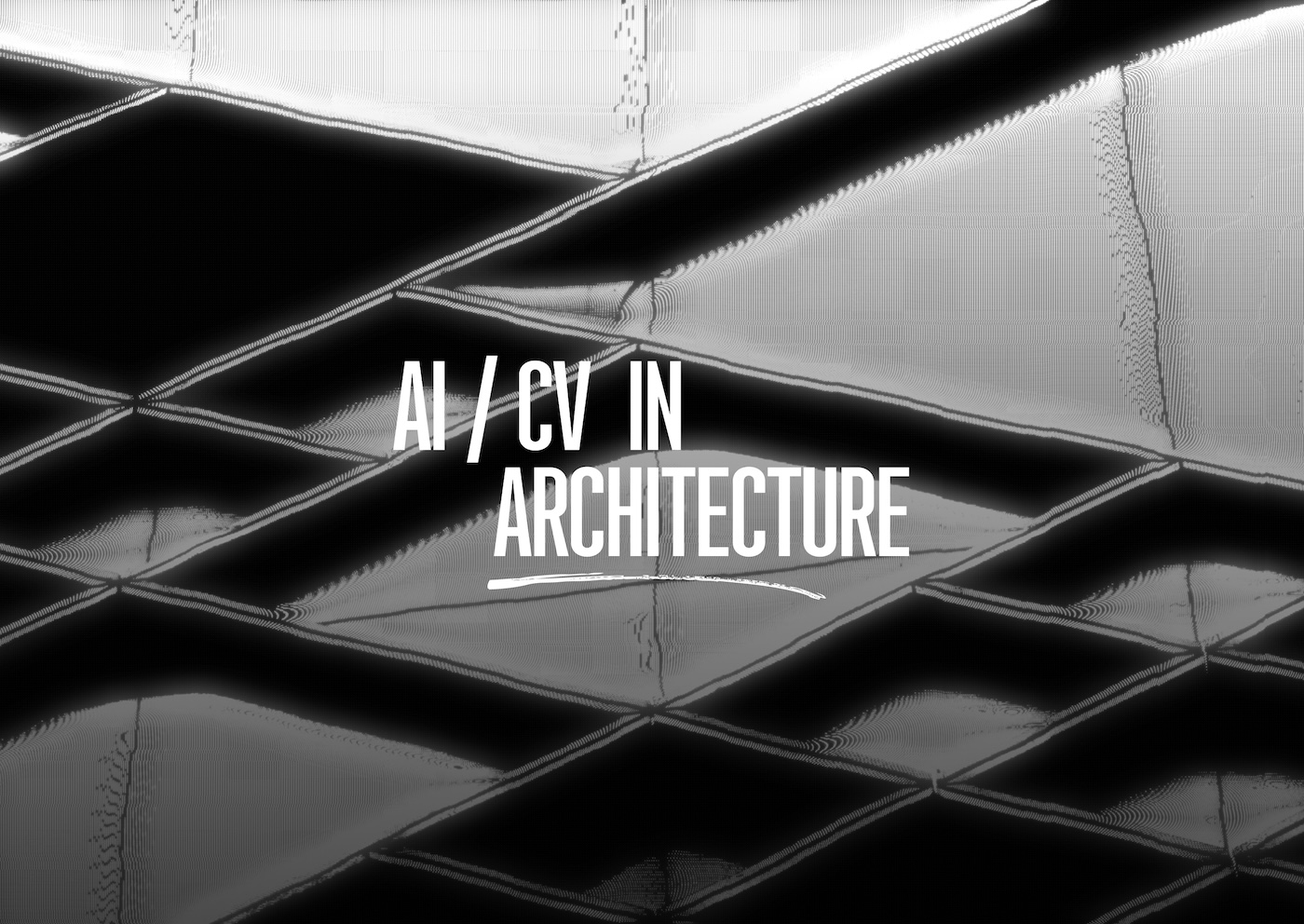

Stay informed with the latest in AI through our OpenCV AI Weekly Insights Digest. Here, we provide essential updates and new developments, from ChatGPT advancements to breakthroughs in robotics and neuroscience.

OpenAI is testing a new beta feature in ChatGPT, enabling multi-GPT conversations in a single chat window. This feature allows users to interact with multiple GPT models simultaneously by using an "@" command followed by the GPT's name, enhancing the personalization and versatility of the assistant.
An example of this is shown with chatbots "Talk with Donald - 2024" and "Biden Simulator," which mimic the speaking styles of Donald Trump and Joe Biden, respectively. These chatbots demonstrate the ability to refer to each other's statements, showcasing the interactivity of the new feature. OpenAI's Sam Altman views this development as a step towards a more customized and personalized ChatGPT, aligning with their long-term goal of creating a universal digital assistant.
Read More: The Decoder

Researchers from the Massachusetts Institute of Technology believe that artificial intelligence will not be able to replace humans in the workplace in the coming decades fully. Automation through AI will be slower than they say.
The researchers estimate that mass layoffs due to AI implementation are unlikely to be expected in the next 10-20 years. Even if the cost of AI technologies decreases by 20% per year, it will take decades for "automation" to become profitable. Right now, only people performing routine tasks can suffer.
People are still cheaper for employers than neural networks. So, human labor will still be valuable for the next few decades.
Read More: MIT CSAIL

BMW has agreed with startup Figure to create humanoid Figure 01 robots at its plant in South Carolina.
The Figure 01 robots will handle dangerous, labor-intensive, and tedious tasks in production. After training, the robots will be integrated into the production processes: body shop, sheet metal stamping, and warehouses. Training will take 1-2 years. Figure uses the Robotics-as-a-Service (RaaS) model, meaning the robots are provided to customers on a subscription basis rather than sold.
An exciting feature of these robots is humanoid limbs with high mobility. They can work with their "hands" just like humans. In addition, the robots are equipped with artificial intelligence systems that help them learn new tasks as they work.
Read More: Reuters

Tech startup Prophetic introduced Morpheus-1, a novel device that merges advanced machine learning, EEG data analysis, and ultrasound technology to facilitate user-controlled lucid dreaming during REM sleep.
The device features a headband resembling a halo, designed to monitor brain activity. It uses ultrasound waves to stimulate specific brain regions associated with conscious dreaming. With batteries, Bluetooth, and WiFi for continuous overnight function and data synchronization, Morpheus-1 also has an app that tracks sleep stages and collects dream data to enhance the AI's learning.
Morpheus-1 represents a significant step in AI and neuroscience collaboration, potentially unlocking new insights into brain function and the mysteries of human consciousness.
Read More: Twitter
Catch you in our upcoming digest! The following introduction to artificial intelligence is just a scroll away.
